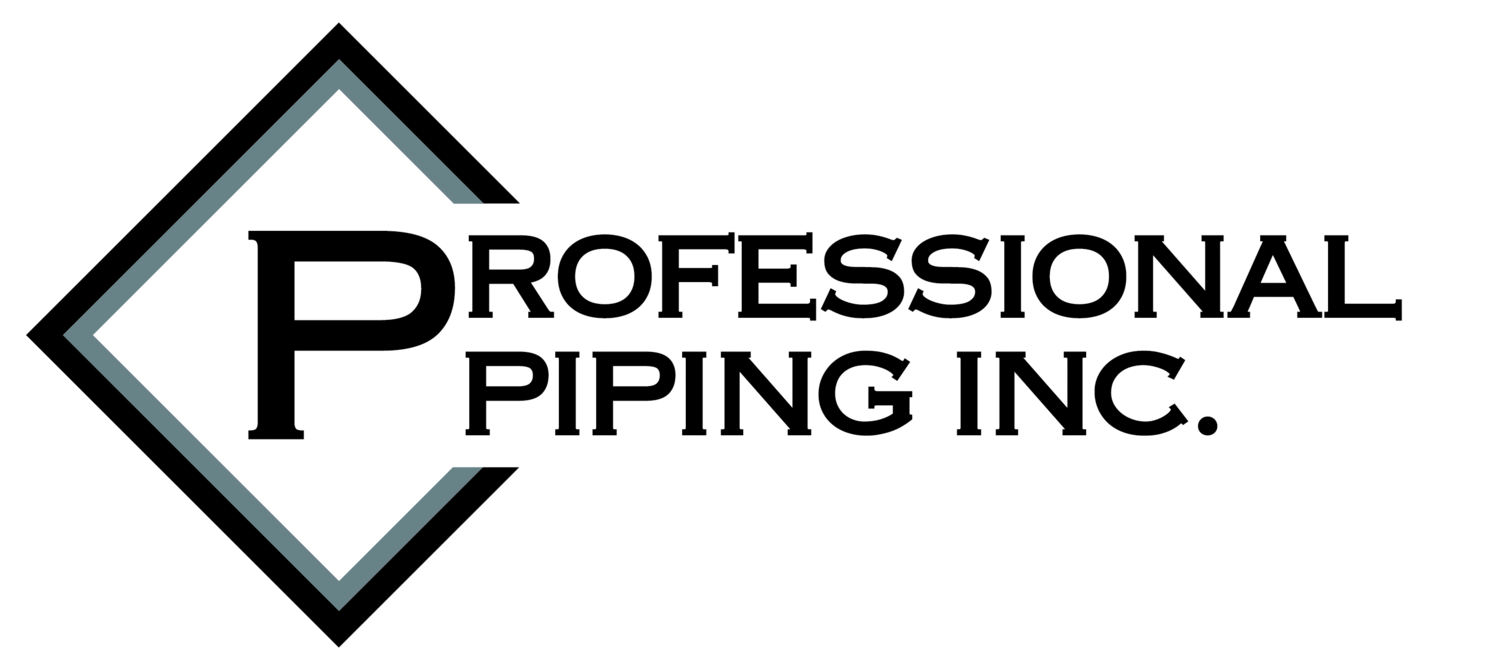Holiday Getaway? Don't Forget to Protect Your Home from Frozen Pipes!
Why You Should Never Turn Off Your Heating During Winter
As winter sets in and temperatures drop, it can be tempting to turn off your heating when you're not home to save on energy bills. However, this simple act can lead to significant problems, especially in areas where temperatures dip below freezing. One of the most costly and damaging consequences of turning off your heating during cold weather is the risk of frozen pipes.
The Danger of Frozen Pipes
When indoor temperatures drop below freezing, the water inside your pipes can freeze, especially in unheated areas like basements, attics, or exterior walls. As water freezes, it expands, creating pressure inside the pipes. Over time, this pressure can cause the pipes to crack or even burst.
The damage doesn't end when the temperature rises and the pipes thaw. Thawing water inside the pipes can lead to floods, causing extensive water damage to walls, flooring, and personal belongings. The repair costs for plumbing and structural damage can be astronomical, which is why it's crucial to keep your home warm enough to prevent freezing.
Why Turning Off the Heating Increases the Risk
Turning off your heating entirely when you're not at home can cause the indoor temperature to drop to dangerously low levels. Even in mild climates, sudden cold snaps can lead to freezing conditions inside your house, particularly in homes with poor insulation. If the heating is off completely, there's no way to maintain a consistent, safe temperature in your home, making your pipes more likely to freeze.
The National Association of Home Builders recommends keeping your home at a minimum of 55°F (13°C) during the winter months to avoid frozen pipes. Maintaining a consistent temperature ensures that your pipes stay safe from freezing.
Lower the Thermostat
Instead of turning off the heating, lower the thermostat when you're not home. Consider setting your thermostat to a moderate temperature, around 55°F (13°C). This keeps your home warm enough to avoid freezing pipes but ensures you're not wasting energy heating an empty house. Lowering the thermostat also prevents rapid temperature changes that could strain your heating system when it starts back up.
Consider a Programmable Thermostat
For even more convenience and energy savings, consider installing a programmable thermostat. These thermostats allow you to set different temperatures for different times of the day, automatically adjusting the heat based on your schedule. When you're home, the thermostat can raise the temperature to a comfortable level, and when you're away or asleep, it can lower the temperature to conserve energy while still preventing your pipes from freezing. This automated system ensures that you never forget to adjust the temperature manually, keeping both your home and plumbing safe.
Insulate Properly
Proper insulation is another important factor in preventing frozen pipes. Without adequate insulation, cold air can seep into your home, causing temperatures to drop and increase the likelihood of frozen pipes. Additionally, insulate vulnerable pipes in unheated areas, such as in attics, basements, garages, and exterior walls can help retain heat and maintain a more stable indoor temperature. Pipe insulation is an inexpensive and effective way to keep your pipes warmer and protect them from the cold.
Other Tips to Protect Your Pipes
In addition to lowering the thermostat, installing a programmable thermostat, and ensuring proper insulation, there are a few other precautions you can take to protect your pipes:
Open cabinet doors under sinks to allow warm air to circulate around pipes in exterior walls.
Let faucets drip slightly during extreme cold weather to keep water moving and reduce the risk of freezing.
Seal any cracks or gaps in walls, windows, or around doors to prevent cold air from infiltrating your home.
Conclusion
While it may seem like a good way to save on heating bills, turning off your heating entirely during the winter can cause serious, costly problems. Frozen pipes are a significant risk that can lead to water damage and expensive repairs, so it's always better to keep your thermostat set at a lower but safe temperature to prevent freezing. By lowering the thermostat, installing a programmable thermostat, and ensuring your home is properly insulated, you can protect your plumbing system and save energy throughout the winter months. Stay warm, save money, and avoid the headache of costly plumbing repairs by taking simple steps to ensure a warm, safe winter.
